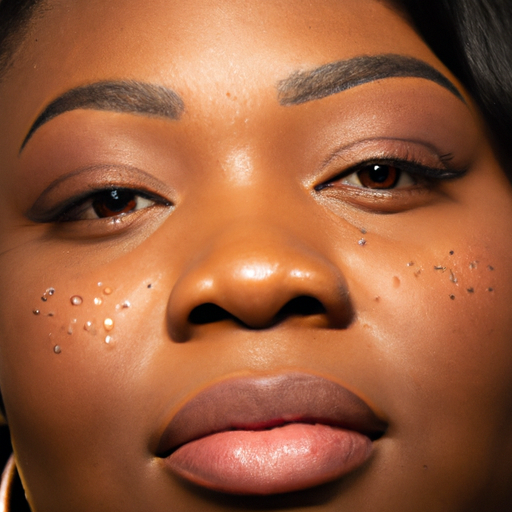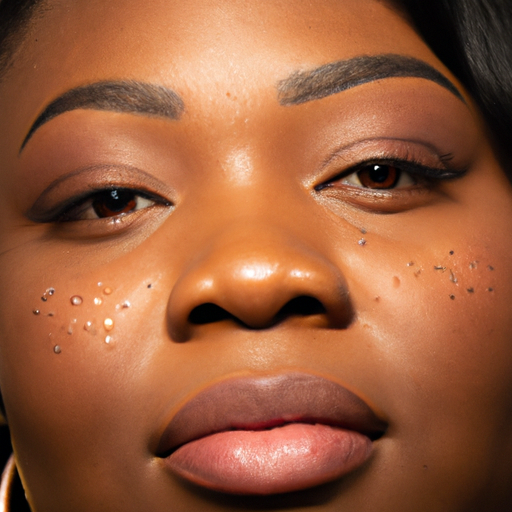As a dermatologist, I have seen firsthand the transformative power of a good skincare routine. One of the most crucial steps in achieving radiant and healthy skin is exfoliation. It is an essential process that removes dead skin cells, unclogs pores, and leaves the skin looking fresh and glowing. This article will provide a comprehensive guide to face and body exfoliants and their proper use.
Exfoliation is the process of removing dead skin cells from the outermost layer of your skin. This can be achieved through physical or chemical means. Physical exfoliants are products or tools that manually scrub away dead skin cells. They include facial scrubs, brushes, and microdermabrasion treatments. Chemical exfoliants, on the other hand, use acids or enzymes to dissolve and remove dead skin cells. They include products containing alpha hydroxy acids (AHAs), beta hydroxy acids (BHAs), and retinoids.
Physical exfoliants are great for individuals with normal to oily skin types. They help to unclog pores and reduce the appearance of blackheads and whiteheads. However, they should be used with caution as over-exfoliation can lead to skin irritation and inflammation. It’s recommended to use physical exfoliants once or twice a week, depending on your skin’s tolerance.
Chemical exfoliants are suitable for all skin types, including sensitive skin. They are particularly beneficial for those with acne-prone or aging skin as they can penetrate deeper into the skin to unclog pores, reduce the appearance of fine lines and wrinkles, and improve skin texture. Chemical exfoliants should be introduced gradually into your skincare routine, starting with once a week and increasing as your skin becomes more accustomed to the product.
When using an exfoliant, it’s important to follow the instructions on the product label. Generally, you should cleanse your skin first before applying the exfoliant. For physical exfoliants, gently massage the product onto your skin in a circular motion and then rinse off. For chemical exfoliants, apply the product evenly across your skin and leave it on for the recommended time before rinsing off.
After exfoliation, your skin may be more sensitive to the sun. Therefore, it’s crucial to apply a broad-spectrum sunscreen with an SPF of at least 30 every day to protect your skin from harmful UV rays.
Remember, everyone’s skin is different. What works for one person may not work for another. It’s important to listen to your skin and adjust your skincare routine accordingly. If you’re unsure about which exfoliant is right for you, consult with a dermatologist or a skincare professional.
In conclusion, exfoliation is a key step in achieving radiant and healthy skin. By understanding the different types of exfoliants and their proper use, you can incorporate this essential process into your skincare routine and unveil your skin’s natural radiance.




